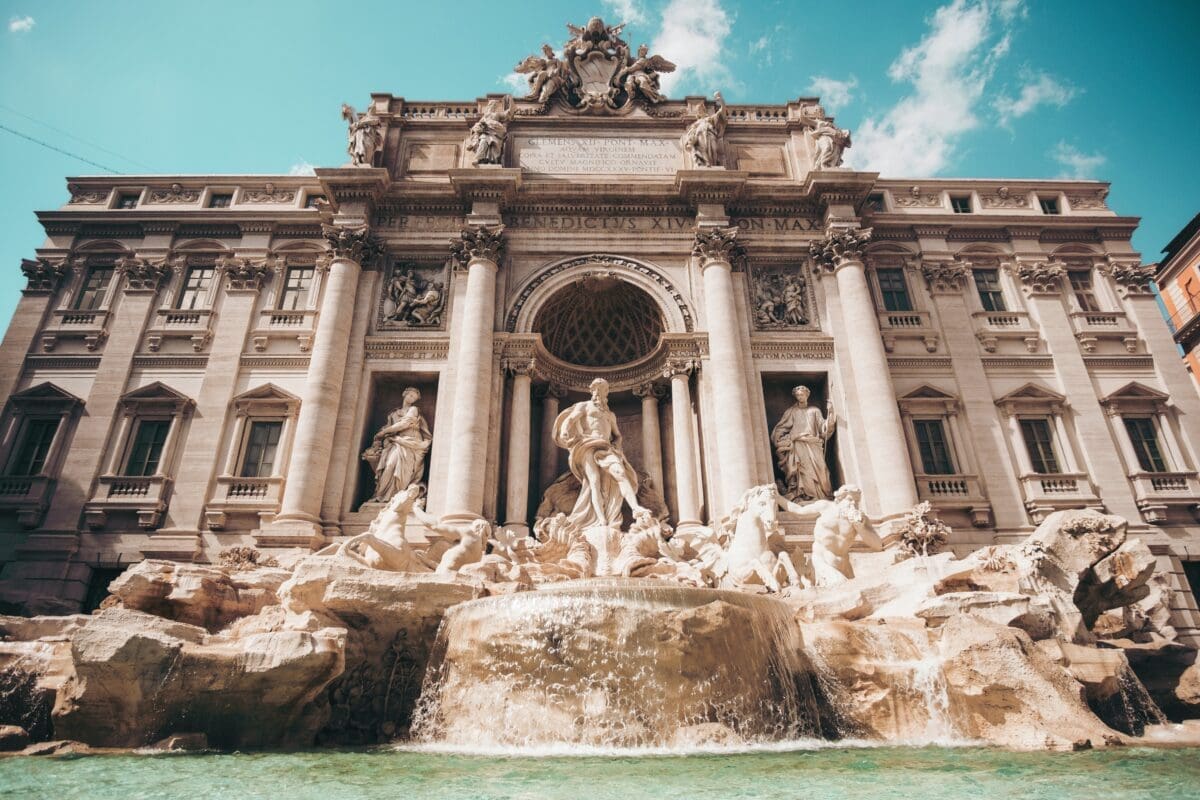The ancient Romans were masters of architecture and infrastructure. They developed innovative techniques that were not only aesthetically pleasing but also laid the foundation for modern engineering marvels.
This article explores the fascinating world of Roman architecture and infrastructure, highlighting their groundbreaking techniques and their lasting impact on urban planning and construction.
So, let’s get right into it!
The Arch of Architecture
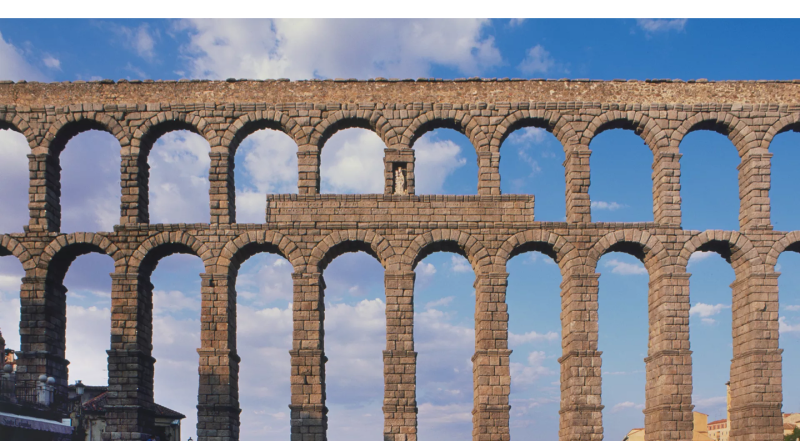
The Romans were masters of arch construction, and their innovations in this area continue to be used today. The keystone, a wedge-shaped piece at the crown of an arch, was a key element of their success.
The Romans created strong and stable arches using keystones, even when they were huge. This allowed them to build monumental structures such as the Arch of Constantine, which has stood for centuries.

The Architecture of the Roman Empire by John Ward-Perkins mentions:
“The arch was the most important structural invention of the Romans. It allowed them to build bridges, aqueducts, and other structures that would have been impossible without it.”
Aqueducts
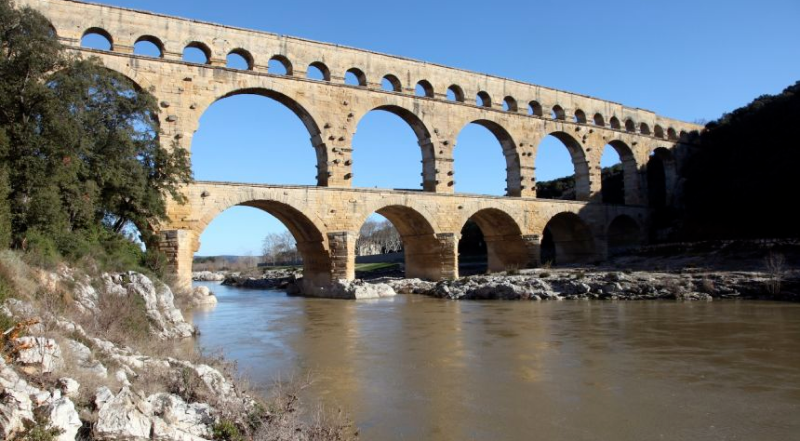
The Roman aqueduct system was one of the most outstanding engineering achievements of the ancient world. It allowed the Romans to transport water from distant sources to their cities, transforming arid landscapes into flourishing metropolises. The aqueducts were built using gravity, and they were incredibly efficient.
The Pont du Gard in France, one of the famous ancient Roman buildings, is a spectacular example of a Roman aqueduct. It is a UNESCO World Heritage site that is a testament to the Romans’ hydrological brilliance and impact on civilization’s sustenance.
A 2018 study reveals that the Romans used an ingenious method, “aqueduct flushing,” to clean their aqueducts. They diverted excess water into the aqueducts to create a surge of water. This helped dislodge sediment and debris, preventing clogs and blockages.
The Roman Road Network
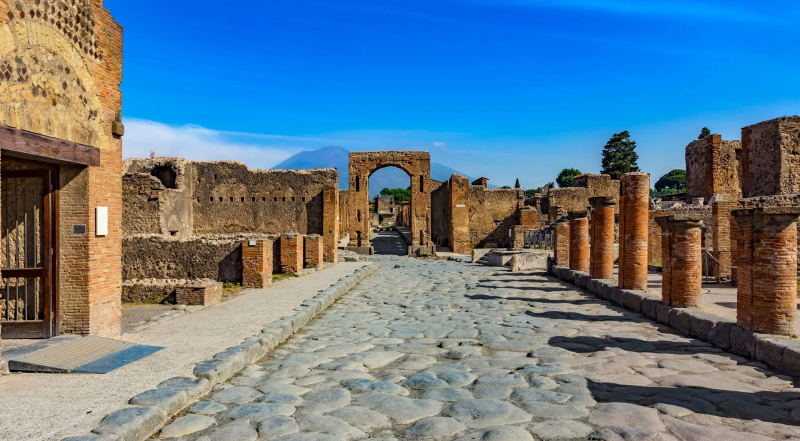
The Roman road network was a transformative innovation that connected far-flung regions of the empire. The roads were built to last and facilitate swift travel and trade.
The Via Appia, the queen of Roman roads, is the oldest and most famous Roman road, stretching over 500 miles. It was built in 312 BC by the censor Appius Claudius Caecus to connect Rome to Capua, a strategic location in southern Italy.
Romans also used surveying instruments to measure distances and angles, and they used mathematical formulas to calculate the grades of their roads.
Urban Planning
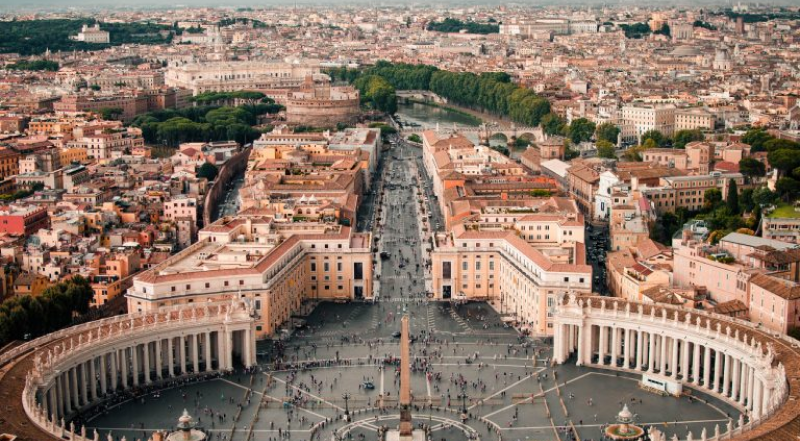
The Roman architectural characteristics of arches, vaults, and domes allowed the Romans to build large and complex structures that were both strong and beautiful.
Roman urban planning was characterized by precision and foresight. Their cities, such as Rome and Pompeii, still influence urban design today. These cities were planned with grid-like streets, public squares, and sophisticated sewage systems.
“The City in the Roman World” by John R. Clarke discovered that Pompeii was built on a slope, so the streets were built on a stepped plan to accommodate the terrain.
Roman urban planners were very interested in creating beautiful and harmonious cities. They used various techniques to achieve this, such as using symmetry and proportion in their designs and planting trees and flowers to create a sense of beauty and tranquility.
The Roman Sewage System
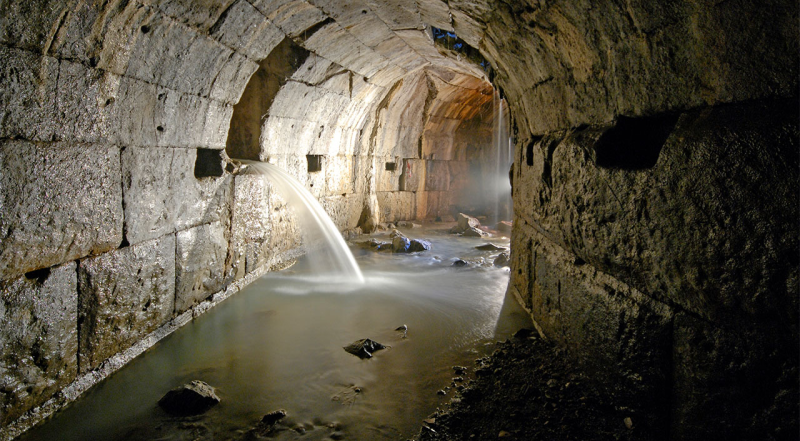
The Roman sewage system was one of the most advanced in the ancient world. It was made up of a network of sewers and drains built under Roman cities’ streets. The sewers were made of stone or brick and often covered with a layer of concrete to prevent leaks.
The drains were connected to the sewers and carried wastewater to rivers or other bodies of water. The drains were also used to collect rainwater, which was used to flush the sewers.
The Romans were the first to use the principle of gravity to flush sewers. This made their system much more efficient than earlier systems, which relied on pumps or buckets to move wastewater.
The Romans also developed a system of public toilets connected to the sewage system. These toilets were often located in public baths, and they were a significant improvement over the previous practice of defecating in the streets.
Final Word
Ancient Roman technology influenced how we build infrastructure today. Their aqueducts, arches, roads, and urban planning have left an indelible mark on the world, and they continue to inspire modern engineers and architects.

